Presented By: Partner Insights
How Real Estate is Preparing for the Emergence of the Life Sciences Industry in NYC
Real Estate, Design and Construction Make Way for Biotech and Life Sciences in the City
By Partner Insights July 15, 2018 2:05 pm
reprints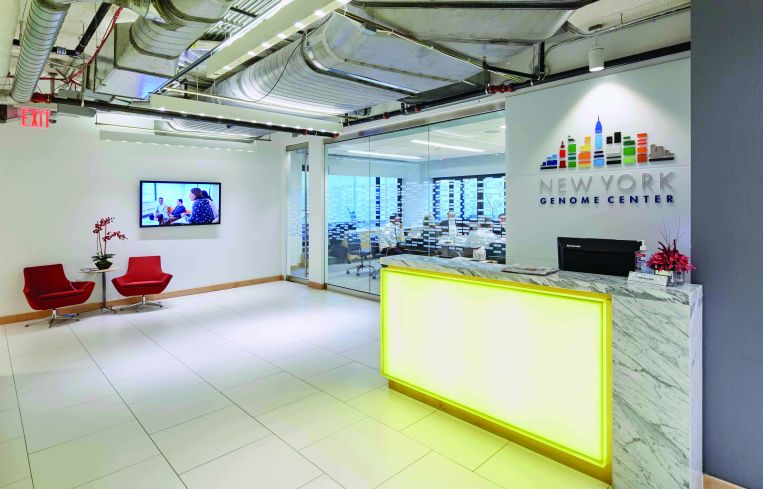
The Life Science industry in New York is poised for rapid expansion. As an example, the City of New York recently announced its intention to establish an Applied Life Sciences Hub in NYC, which is the flagship project of the Mayor’s LifeSci NYC which comes with a 10-year, $500 million investment.
Now is the time for the New York City real estate community to respond, by collaborating with scientists, biotech and architecture/engineering professionals to build new environments that will reimagine the way New York City capitalizes on future growth and new technological developments in biology.
Several recent developments indicate that the life science industry is positioned for exponential growth in New York City.

The Opportunity
The evolving life science environment is driven by cutting edge technology and rapid growth in scientific innovation. Emerging trends that are fusing bioengineering design and manufacturing are evidenced by advanced diagnostic testing, Modern Meadow synthetic biology experiments, Epibone’s tissue engineering, and even wearable technology to maintain precision wellness. Before we know it, almost every product we use will have a biological component to it.
“Future growth will come from expanding traditional institutions and corporations, and from new startups and technological developments such as synthetic biology,” said Nancy J Kelley, president and CEO of Nancy J Kelley + Associates, a consultancy specializing in the creation of game-changing life science institutions and life science environments. “These industry innovators hold the promise for the development of applications across a broad range of industries such as energy, agriculture, healthcare, chemicals, materials and bioremediation.”
In conjunction with the rapid growth of life sciences in New York City, NYC Builds Bio+ recently launched. Spearheaded by its steering committee, including: Nancy J Kelley of Nancy J Kelley + Associates, Mitchel W. Simpler of Jaros, Baum & Bolles, James C. McKenna of Hunter Roberts Construction Group, Jonathan Mechanic of Fried Frank and John Sabey of Sabey, the organization aims to connect commercial life science opportunities to New York City’s real estate development community through events, research, reports and educational programs.
New startups launched by respected scientists from New York City academic institutions, with major financing from well-established venture capital investors, will require significant expansion space in the coming years. These startups include Kaliope, Quentis Therapeutics, Petra Pharma, Lodo Therapeutics and Kyra Therapeutics.
“Life science companies have specific requirements, including access to transit, accessibility to academic institutions, a vibrant live/work environment that is nearby funding sources, and a wired environment that can accommodate data, flexible and scalable work spaces, as well as collaboration between academia and industry partners,” said Mitchel W. Simpler, PE, Managing Partner, Jaros, Baum & Bolles.
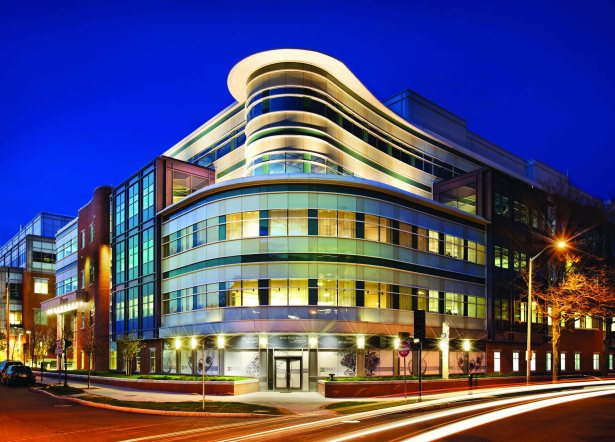
Collaborative Growth Opportunities with Established Life Science Organizations
Last week, the collaboration of Johnson & Johnson Innovation LLC, the New York Genome Center (NYGC) and New York State launched a new JLABS in New York City called JLABS @ NYC open to biotech, pharmaceutical, medical device or consumer and health tech companies. Already 370 companies are present in their portfolio, across all JLABS sites, 80 percent of which are still thriving. The use of their incubator provides a source of technology, healthcare education, services and mentorship that enhances the life science industry while promoting local job growth. The collaborative is expected to house over 30 new companies in the next two years in New York City.
BioLabs, the national network of coworking facilities that works to help science-based startups go further, faster on limited capital investment is developing a 50,000 square foot coworking space in Hudson Square. The creation of this supportive coworking community for growing biotech startups, with 120 wet-lab benches, state-of-the-art equipment, programming, and unparalleled access to a broad range of pharma, biotech, and other industry partners, will bring forth advancements and employment opportunities for as many as 35 high-potential startups over the next three years.
The New York Stem Cell Foundation (NYSCF) Research Institute recently moved to a new facility, which proved to be a transformational step for the organization. Not only were they able to consolidate their two locations to streamline their operations, but the intricately-designed office and research laboratories have allowed scientists to increase their efficiency and production while also helping foster new collaborations. The implementation of air handling systems used to maintain a pristine research environment and allocating space for a good manufacturing practice (GMP) facility to manufacture cells for clinical trials is not common at most research institutes but critical in accommodating scientists’ needs and advancing discoveries to patients. NYSCF’s unique, proprietary advanced stem cell research and technology is also playing a key role in accelerating research at partnering institutions and biopharma. Commons spaces were also created to hold lectures, conferences and receptions for the life science sectors and provide opportunity to help build a community in New York City.
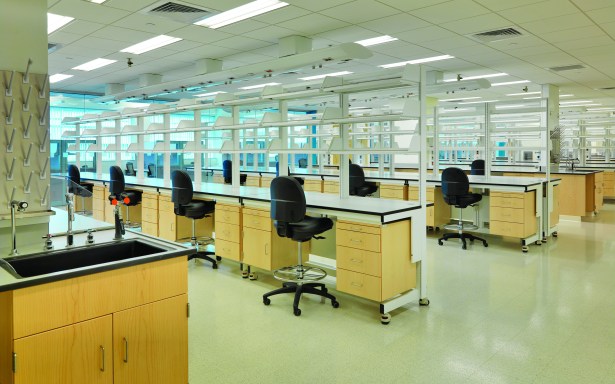
Commercial Potential for Life Sciences in New York City
With all the commercial potential, securing the right building space and location poses a challenge for this market to flourish in New York City.
“Partnerships between research institutes, pharma, biotech, academic centers and others have contributed to the tremendous amount of growth in the translational regenerative medicine sector, helping propel the promising research that is happening all over the city,” said Susan L. Solomon, New York Stem Cell Foundation CEO.
For many biotech startups trying to make their mark in the industry, finding suitable real estate comes with requirements that are specific to the sector. Many are looking for short-term leases since startup investors are not looking to commit to long-term lease agreements. Life science buildings also need to support ventilation and utilities far in excess of those for standard office space and provide adequate square footage tenant sizes averaging about 30,000 to 50,000 square feet.
There is a major shift in computational sciences that require more office space than wet labs. Within labs there is a demand for core lab areas that consolidate support services and for labs that include large areas of glass paneling to increase transparency and facilitate interaction of teams working together.
With the requirements of running a lean startup, often investor dollars need to be stretched and applying for grants and tax abatements is essential. Genspace, being the first community lab, finds that keeping costs low for the early stages of a life science company can make a significant difference in the long run.
Often companies like Modern Meadow find that their brand identity is closely aligned with the culture and demographics of Brooklyn and New Jersey. Finding talent isn’t as hard as finding that specialized talent needed to make a good startup a great one. With that, location is everything.
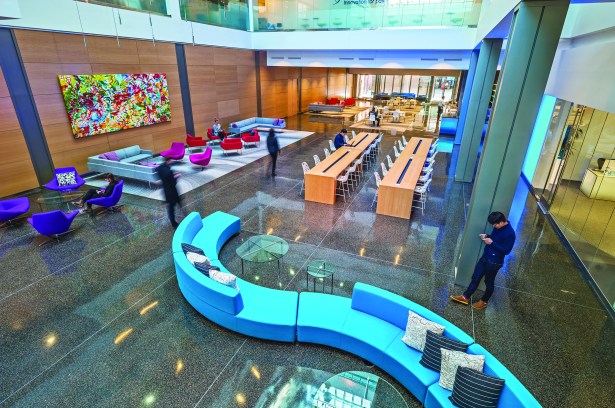
What New York City Can Learn from the Competition in Life Sciences
Companies and developers are finding that retrofitting older buildings to provide flexible space with transparent and open work plans is increasingly possible, which is essential to providing researchers with
optimum facilities for product development, research and team collaboration. Large blocks of space within a community are also required to increase the synergy that results in diverse and competitor researchers located near each other, driving the emergence of scientific research hubs. With Kendall Square in Cambridge, Massachusetts holding 18.7 million square feet of total commercial life science space, the market potential for New York is large, and it is already capitalizing on the tremendous growth that is spurring additional expansion in the vicinity.
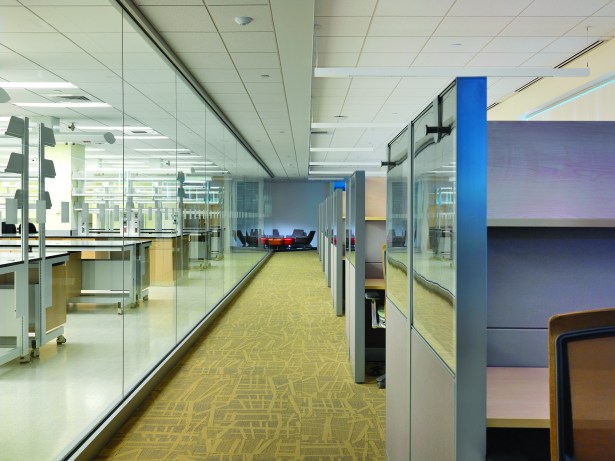
Connecting the Life Science Industry to the Academic Community
With data science at the forefront of genomic medicine, Columbia University has been working on a broad range of projects including personalized genomic medicine. Technology has informed imaging on research and clinic sides in Columbia case studies as well.
“The life sciences industry is strongly being driven by advancements in technology and as a result will lead to advancements in how we build and develop new architectures,” said Patrick Burke, Assistant Vice President for Capital Project Management at Columbia University Irving Medical Center, “renewal and revitalization efforts feature notable renovations that require advanced infrastructures to support new research facilities as well as the sound understanding of adaptive reuse of aged buildings. Current Life Science projects that we are working [on?] include a heavy focus in Genomic Medicine, Cryo-Electron Microscopy, stem cell biology and data sciences, all of which are built upon the latest advancements in technology.”
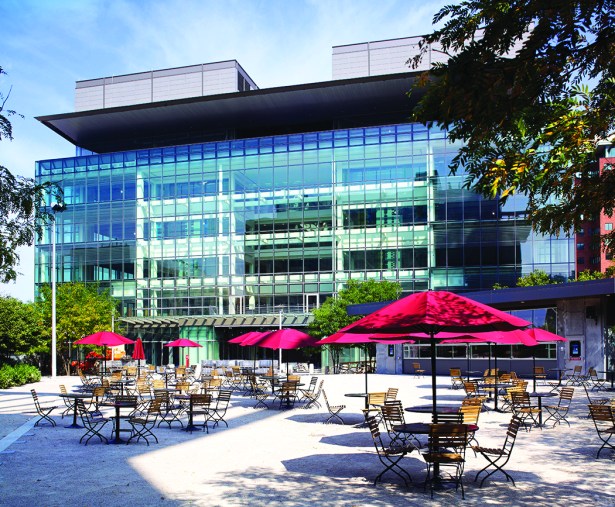
The Case Study for Adaptive Reuse
Connectivity between both the real estate and life science communities is required for greater success. The ability to build on an appropriate existing infrastructure is a key component for long-term ownership. By utilizing a collaborative team as well as having a construction manager on board as early as possible, an innovative facility can be developed and positioned for an industry that is continually evolving.
BioMed Realty, a full-service life science real estate company with a portfolio consisting of more than 11 million square feet, has worked with architectural firm Perkins+Will in developing life science buildings and science tenant interiors designed to serve a highly demanding, mission-critical industry. By programming for future growth and projected technological change upfront, and with the tenants’ goals in mind, they have been able to create spaces that are adaptable over a lifetime.
An example is the BioMed property near Kendall Square at 301 Binney Street in Cambridge, MA, which was designed by Perkins+Will 10 years ago for Broad Institute, the initial tenant that occupied 90,000 square
feet at the property for five years. When they vacated the space, the new tenant Biogen moved in and required no changes to the layout. When Biogen relocated, and Perkins+Will’s client Momenta Pharmaceuticals moved in the spring of this year, also requiring virtually no changes to the lab or office space as well, indicating the resilience, adaptability and economy of the space. [missing the subject in this sentence]
“The Life Science industry is also driven by lab equipment and technology, with some processes requiring robotics on the floors. The challenge is in accommodating the specified equipment and to also build-in the capability to adapt the space over time,” said Bill Harris, Regional Practice Leader for Science and Technology at Perkins+Will, and head of its New York office.
Another project both companies have worked on is the property at 650 East Kendall, also in Cambridge, MA. The 280,000 square-foot building, with an elaborate atrium in the 15,000 square-foot lobby, was designed with large communal spaces to increase the diversity of collaboration and has become a social hub for the building and the community as well.
“Life science tenants are unique in the way they use their space over the term of their lease. They frequently engage with our leasing, development, property management and facilities teams to refine their work environment and optimize it in a way that adapts to new initiatives, new partnerships and new strategic priorities that relate to innovating new therapies” said Bill Kane, Senior Vice President of BioMed Realty.



